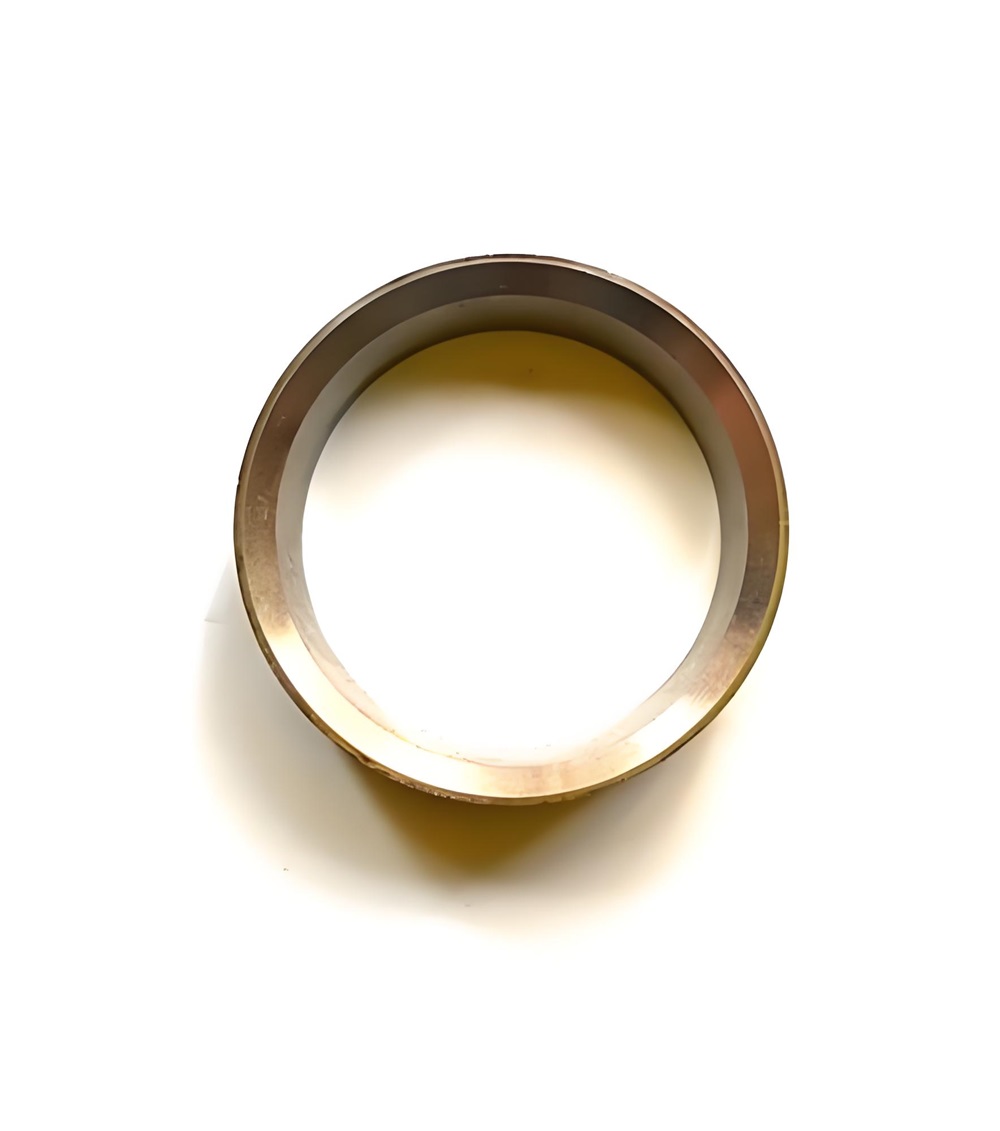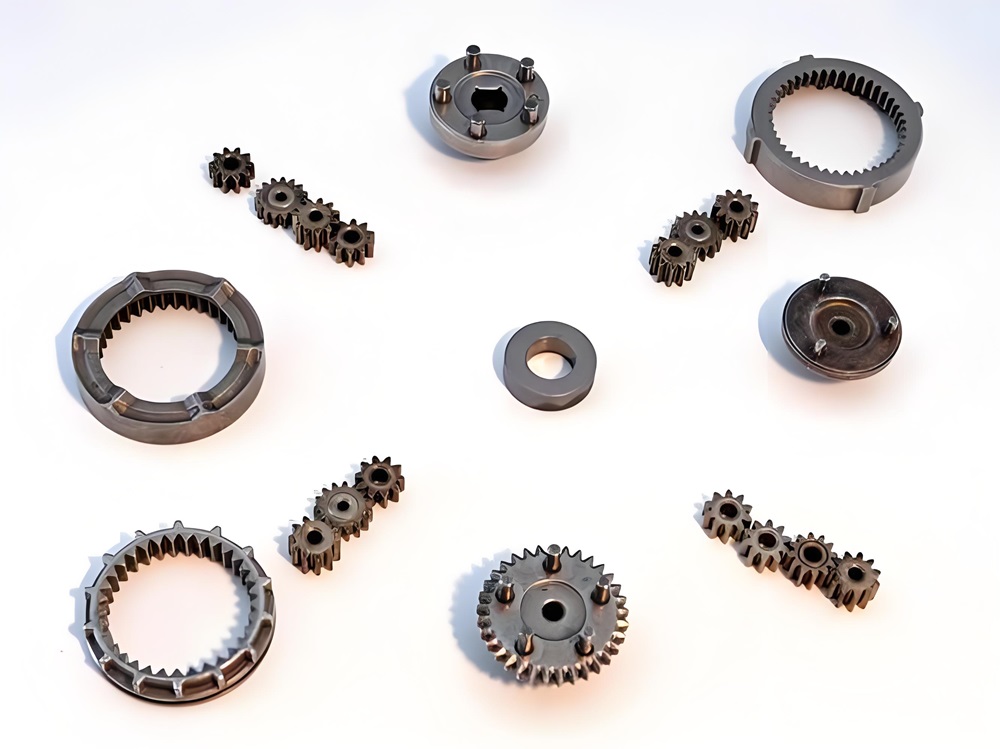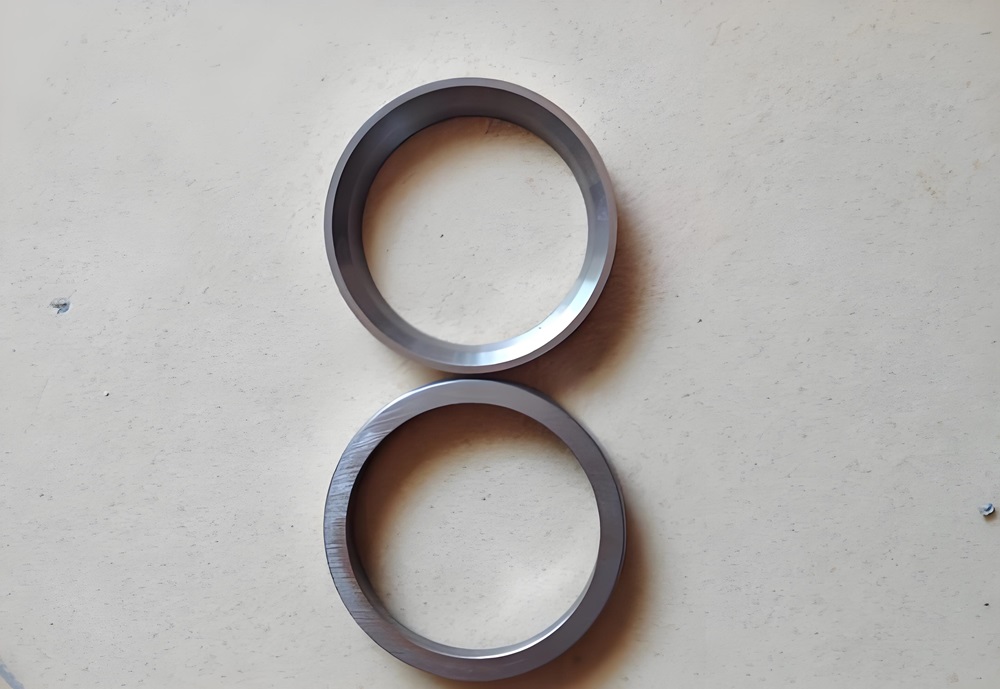A valve seat plays a crucial role in ensuring your engine runs efficiently. But what is Valve Seat? It is a vital component that creates an airtight seal when the intake or exhaust valve closes, preserving compression within the combustion chamber. Constructed from robust materials such as sintered metals, modern valve seats are designed to resist wear and endure high temperatures, enhancing both engine performance and fuel efficiency.

Functions of a Valve Seat
Valve seats perform several critical functions that directly impact the efficiency and durability of an internal combustion engine. Let’s explore these functions in detail.
Sealing Function
The primary role of a valve seat is to create a secure and airtight seal when the intake and exhaust valves close. This seal ensures proper compression within the combustion chamber, which is essential for the efficient ignition of the air-fuel mixture. Without this seal, you may experience engine inefficiencies, such as power loss or increased fuel consumption.
Modern valve seats, often made from durable materials like sintered metals or high-chromium alloys, enhance this sealing function. These materials resist wear and maintain their integrity over time, reducing the need for frequent maintenance.
Heat Dissipation
Valve seats also play a vital role in managing the extreme temperatures generated during engine operation. When exhaust gases pass through the valves, they produce intense heat. The valve seat helps dissipate this heat by transferring it away from the valve and into the cylinder head.
This heat management prevents overheating, which could otherwise damage the valves or surrounding components. By maintaining optimal operating temperatures, the valve seat contributes to the overall reliability of your engine.
Wear Resistance
The materials used in valve seats are specifically chosen for their ability to withstand wear and corrosion. These components endure constant contact with the valves, high temperatures, and exposure to combustion byproducts.
By resisting wear, valve seats ensure proper valve alignment and support over time. This durability not only extends the life of the valve seat itself but also protects other engine components, reducing the likelihood of costly repairs.
In summary, valve seats are indispensable for sealing, heat dissipation, and wear resistance, making them a cornerstone of engine performance and longevity.
Materials Used for Valve Seats

Valve seats are crafted from a variety of materials, each chosen for its unique properties to meet the demands of different engine applications. These materials ensure durability, heat resistance, and optimal performance under varying conditions.
Cast Iron
Cast iron is a popular choice for valve seats in low-load engines. Its affordability and machinability make it a practical option. When alloying elements like chromium, nickel, or molybdenum are added, cast iron becomes more resistant to wear and corrosion. This enhancement allows it to perform well in high-temperature and high-load environments. You’ll often find cast iron valve seats in engines where cost-effectiveness and reliability are key considerations.
Alloy Steel
Alloy steel offers exceptional strength and durability, making it suitable for high-performance engines. Its ability to withstand extreme temperatures and pressures ensures long-lasting performance. Compared to other materials, alloy steel provides a balance between cost and durability. This makes it a versatile option for various automotive and industrial applications.
| Material Type | Pros | Cons |
|---|---|---|
| Metallic Materials | Strong, durable, resistant to high pressure and temperature. | Can be expensive and may suffer from wear (galling) in certain conditions. |
| Non-Metallic Materials | Excellent sealing properties, chemically inert, and suitable for moderate conditions. | Can deform under extreme pressures and may not handle high temperatures as effectively as metals. |
Ceramics
Ceramic composites are increasingly used in modern valve seats due to their superior wear resistance and thermal stability. These materials excel in high-temperature environments, maintaining their structural integrity over time. By reducing wear, ceramic valve seats help you minimize maintenance needs and ensure consistent engine performance. Their advanced properties make them ideal for high-performance and heavy-duty applications.
- Superior wear resistance.
- Excellent thermal stability.
- Reduced maintenance requirements.
Bronze and Other Heat-Resistant Alloys
Bronze and other heat-resistant alloys, such as Stellite, are commonly used in high-performance engines. These materials offer excellent corrosion resistance and can endure extreme operating conditions. Stellite, in particular, is known for its hardness and ability to resist wear, making it a premium choice for demanding applications. While these materials may be more expensive, their durability and reliability often justify the cost.
Choosing the right material for valve seats depends on the engine’s requirements and operating conditions. Each material offers distinct advantages, ensuring optimal performance and longevity.
Manufacturing Processes

Valve seats undergo precise manufacturing processes to ensure durability, performance, and reliability. These processes include powder metallurgy, sintering, and precision machining, each contributing to the final product’s quality.
Powder Metallurgy
Powder metallurgy is a widely used method for manufacturing valve seats due to its ability to produce components with excellent mechanical properties. The process involves several key steps:
- Mixing: Metal powders are combined with lubricants and graphite to improve fluidity and mechanical strength.
- Pressing: High-pressure punches compress the powder mixture into a mold, forming a ‘green compact’.
- Sintering: The compact is heated below its melting point to bond the particles, enhancing structural integrity.
- Copper Infiltration: Molten copper fills the pores, increasing density and hardness.
This method ensures valve seats can withstand high temperatures and pressures, making them ideal for demanding applications.
Sintering
Sintering is a critical step in the powder metallurgy process. It strengthens the valve seat by bonding metal particles and reducing porosity. This process increases the material’s density, improving its mechanical properties. For iron-based valve seats, sintering typically occurs at temperatures around 1120 °C. This high-temperature treatment enhances the structural integrity and durability of the valve seat, ensuring it performs reliably under extreme conditions.
Precision Machining and Finishing
Precision machining ensures valve seats meet exact specifications for optimal performance. Techniques like CNC and laser machining create components with tight tolerances, minimizing leakage and enhancing sealing capabilities. After machining, each valve seat undergoes rigorous inspection to verify its quality and appearance. This meticulous process guarantees that the valve seat contributes to engine efficiency and reliability.
These manufacturing processes highlight the expertise and precision required to produce high-quality valve seats, ensuring they meet the demands of modern engines.
Importance of Valve Seats
Role in Engine Efficiency
Valve seats play a pivotal role in ensuring your engine operates efficiently. They create a secure seal that maintains proper compression, enabling complete combustion of the air-fuel mixture. This process not only optimizes power output but also reduces fuel consumption.
Advancements in valve seat materials and manufacturing techniques have further enhanced their efficiency. Modern valve seats, crafted from high-performance alloys or ceramics, withstand extreme conditions while maintaining their sealing capabilities. These improvements contribute to better emissions control by reducing harmful pollutants, helping engines meet stringent environmental regulations.
By ensuring efficient combustion and durability, valve seats significantly impact engine performance and environmental sustainability.
Contribution to Longevity and Performance
The durability of valve seats directly influences the lifespan of your engine. They provide an airtight seal that preserves compression, ensuring consistent ignition cycles. This seal also prevents combustion gases from escaping, protecting other engine components from damage.
Materials like sintered metals and high-chromium alloys enhance wear resistance and thermal stability. These properties allow valve seats to dissipate heat effectively, preventing overheating and extending the life of the valves. Additionally, modern designs reduce the risk of wear, minimizing maintenance needs and ensuring long-term engine reliability.
A well-functioning valve seat not only enhances performance but also reduces the likelihood of costly repairs.
Applications in Automotive, Aerospace, and Industrial Valves
Valve seats are indispensable across various industries. In automotive engines, they maintain cylinder compression, directly influencing power output and fuel efficiency. Precision manufacturing techniques, such as CNC machining, ensure optimal performance and reliability. Modern valve seats also support advanced technologies like variable valve timing and direct fuel injection, aligning with sustainability goals.
In aerospace and industrial systems, valve seats endure harsh environments, including high-impact loads and corrosive gases. Materials like ceramics and forged steel provide the necessary strength and thermal resistance for these demanding applications. Whether in automotive, aerospace, or industrial settings, valve seats ensure efficiency, durability, and compliance with environmental standards.
The versatility of valve seats highlights their critical role in modern engineering.
Valve seats are indispensable for maintaining engine performance and reliability.
- They optimize combustion, ensuring proper airflow and fuel mixing.
- Their heat dissipation prevents damage, enhancing durability.
- Advanced materials like sintered metals improve wear resistance, supporting long-term functionality.
- By reducing pollutants, valve seats contribute to emissions control and environmental sustainability.
Their role ensures efficiency and longevity in engine systems.
FAQ
What happens if a valve seat fails?
A failed valve seat can cause compression loss, reduced engine performance, and increased fuel consumption. You may also notice unusual engine noises or difficulty starting your vehicle.
How do you maintain valve seats?
Regular engine maintenance, including proper lubrication and timely inspections, helps maintain valve seats. Using high-quality fuel and avoiding engine overheating also prolongs their lifespan.
Can valve seats be replaced?
Yes, you can replace valve seats if they wear out or get damaged. A professional mechanic typically performs this process using specialized tools and techniques.
